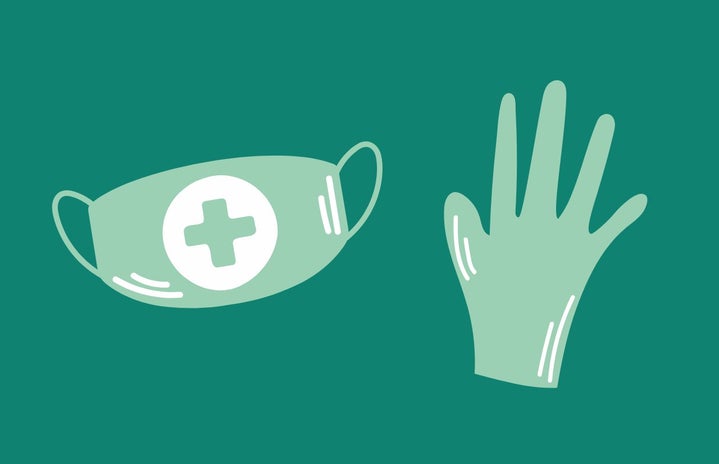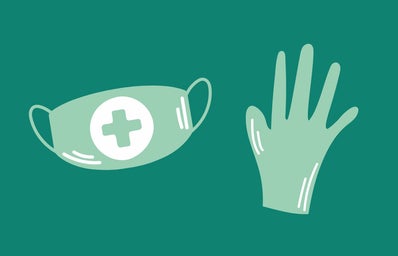Telemedicine has been quickly emerging into the medical field ever since the COVID-19 pandemic began. Overall, telemedicine is a doctor’s appointment over video chat or Zoom. It lets a patient converse with their physician on whatever matter in a confidential manner, all without risking getting COVID-19. In theory, this is a great idea. People can have access to their doctor from the comfort of their own home, but in reality, there are a great deal of disadvantages to telemedicine. Here are six things you should know about the new practice:
- Quick and Easy
-
Telemedicine is in fact quick and easy. You don’t get to experience the long doctors wait, and you get to experience talking to your doctor from the comfort of your living room. Your doctor can present you test or lab results, prescribe you medication, or freely discuss any health problems you may have. At first glance, telemedicine seems like the ideal situation.
- The Best Thing Right Now
-
At this moment, telemedicine is the best option. This is primary for safety reasons, and it allows people who are at high risk of getting COVID-19 to still have access to their healthcare. It merely decreases the chance of getting the coronavirus, yet sometimes, medical attention cannot simply be given over a video camera.
- Lacking The Connection
-
Telemedicine can be impersonal. There is a particular sense of trust between a patient and a physician, and unfortunately, that aspect seems to wither away the more a patient utilizes telemedicine. Patients lack the connection they need with their physician. This can lead to misinterpretation, which in turn will be very harmful for the patient- especially if their health issue airs on the serious side.
- Tech Help Needed
-
Another issue with telemedicine is that it can be unreliable. Technology can glitch, complications can arise and suddenly you realize you missed your appointment, or it has to be cut very short. You simply did not get the medical attention you deserved. The people who use telemedicine are health professionals and patients; unfortunately, there is no IT or tech guy on standby to assist with any technical issues the system may have.
- Who Has An Availability?
-
In the last few months I have heard multiple complaints about scheduling doctors visits through telemedicine. My roommate and other close friends need to wait months before they could see a psychiatrist or simply go over their blood work results with a physician. This can be detrimental to a patient’s mental and physical health. Waiting and becoming anxious can worsen any health condition, and most importantly, it is simply unfair to leave a patient, new or returning, with an appointment many, many months away. On the other hand, it also leaves the physician with a poor reputation.
- Not Everything Gets Attention
-
How can you get a proper complete work up from your physician over a video camera? It is close to impossible. Not every symptom or concern will receive the right amount of attention or analysis. The physician has limitations; they cannot observe your body, any soreness or use any essential equipment on you.
Technology and medicine are both advancing, but that does not necessarily mean they should advance and intertwine together. Telemedicine clearly has a great deal of limitations, and the sad truth is that during a pandemic, telemedicine may be a saving grace, but it is not the permanent solution. Hopefully, we get the chance to return to in-person visits soon.



